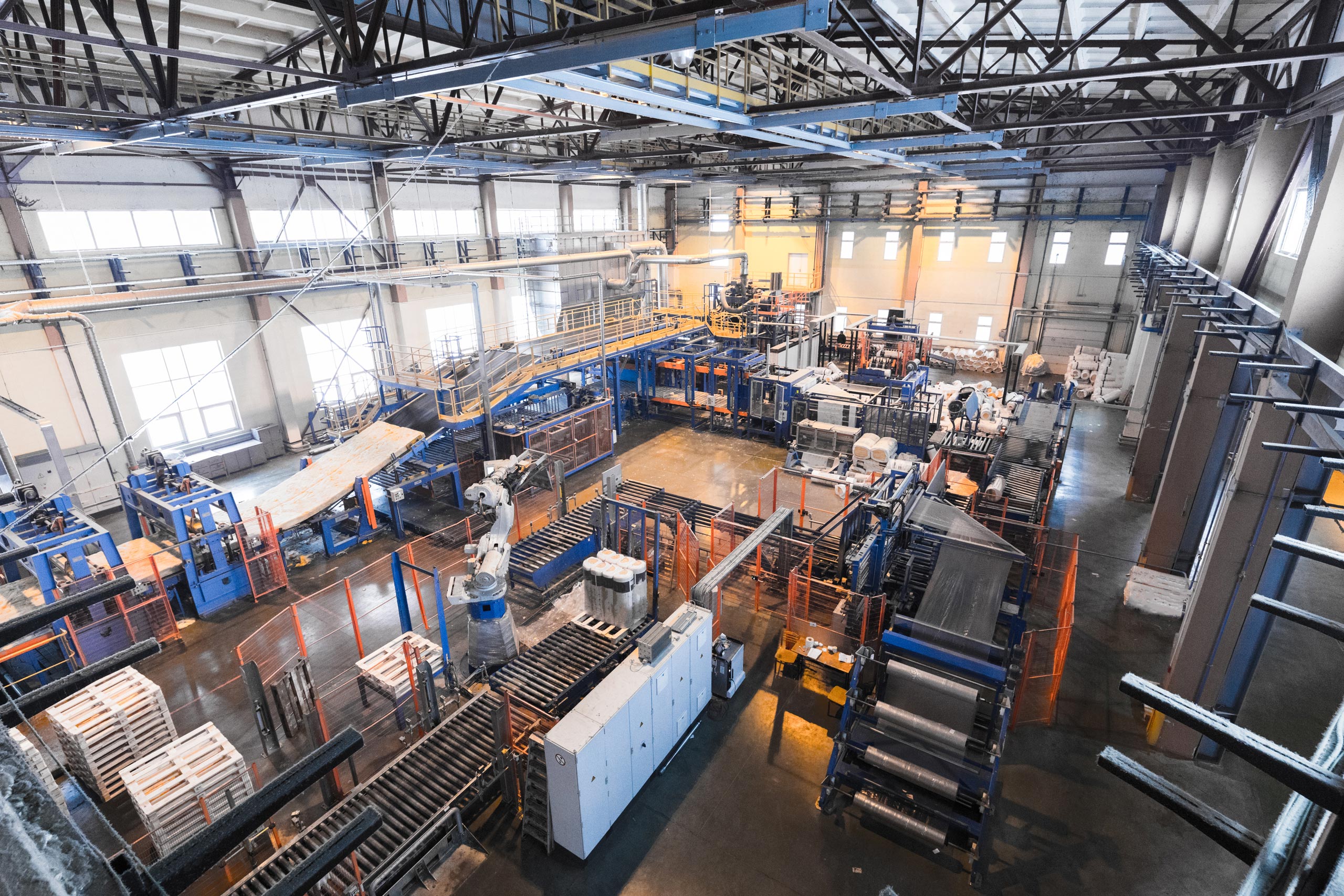
Duration: 0.25 Hrs
Course Level: Intermediate
Languages: English
Capability: Audio, Video
Belt conveyors are used in manufacturing and industrial environments to move materials from one location to another. Conveyors can reduce workloads and make production more efficient. They can also prevent injuries that result from carrying materials manually. After time however, they become worn and must be replaced. This course will discuss the steps necessary to remove and replace conveyor belts.
Duration: 0.25 Hrs
Course Level: Intermediate
Languages: English
Capability: Audio, Video
Hundreds of conveyor types are used in manufacturing and industrial environments to move materials from one location to another. Conveyors can reduce workloads and make production more efficient. They can also prevent injuries that result from carrying materials manually. Different material handling systems require different conveyor types to move products or raw materials effectively. This module will discuss common components of conveyors as well as specific conveyor types and their uses.